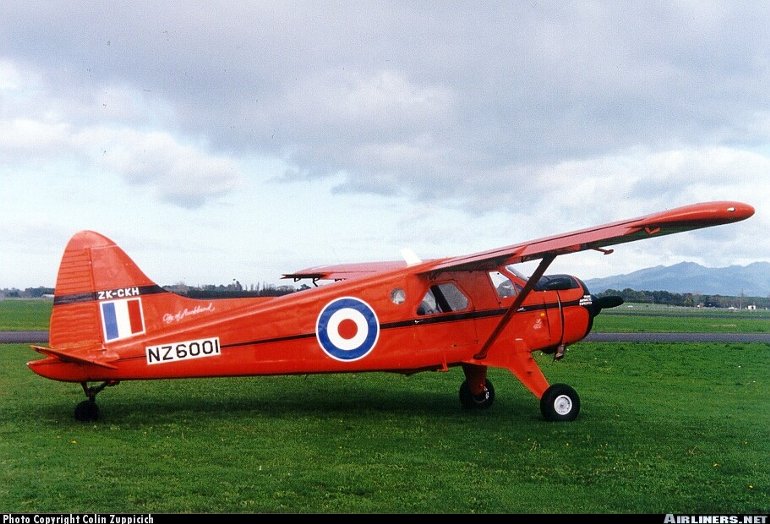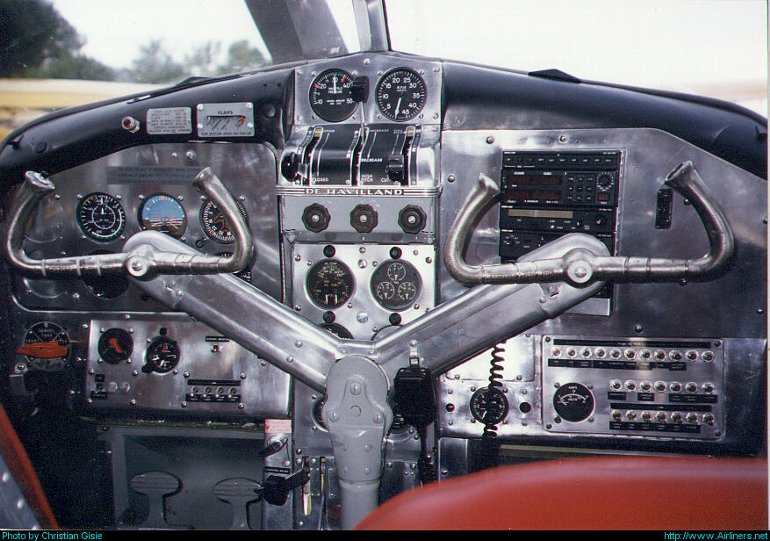Aircraft Technical Data
De Havilland Canada DHC2 Beaver


| Details | |
| Country of Origin | Canada |
| Type | STOL utility transport |
| History | De Havilland Canada's first purpose designed bush aircraft, the Beaver was that company's most successful program sales wise (both military or civil), with almost 1700 built in a production run lasting two decades. Beaver development work began in 1946 and the Ontario Department of Lands and Forests had considerable input into the final design and configuration of this rugged and versatile utility. A prototype flew on August 16 1947, with seating for five or six, although the production Beaver grew slightly to seat an extra two passengers by the time civil certification was awarded in March 1948. <p>The only major development of the Beaver (aside from a one off powered by a 410kW/550hp Alvis Leonides 502/4 radial engine) was the Turbo Beaver. First flown in December 1963 it featured a Pratt & Whitney PT6A6 turboprop, which offered lower empty and higher takeoff weights, and even better STOL performance. The Turbo Beaver's cabin was also longer, allowing maximum accommodation for 11, including the pilot. Externally, the Turbo Beaver had a much longer and reprofiled nose, and squared off vertical tail. DHC also offered conversion kits enabling piston powered Beavers to be upgraded to Turbo standard. Other conversions have been performed. |
| Powerplants | Mk I - One 335kW (450hp) Pratt & Whitney R985 Wasp Junior nine cylinder radial piston engine driving a two blade variable pitch Hamilton Standard propeller. Mk III - One 430kW (578eshp) Pratt & Whitney Canada PT6A6 or PT6A20 turboprop driving a three blade constant speed Hartzell propeller. |
| Performance | Mk I - Max speed 225km/h (121kt), max cruising speed 217km/h (117kt), normal cruising speed 201km/h (109kt). Initial rate of climb 1020ft/min. Service ceiling 18,000ft. Max range with reserves 1252km (676nm). Mk III - Max speed 274km/h (148kt), max cruising speed 253km/h (137kt), long range cruising speed 225km/h (122kt). Initial rate of climb 1185ft/min. Service ceiling 20,000ft. Max range with reserves 1090km (588nm). |
| Weights | Mk I - Empty 1293kg (2850lb), max takeoff 2313kg (5100lb). Mk I seaplane - Operating empty 1506kg (3316lb), max takeoff 2309kg (5090lb). Mk III - Empty 1175kg (2590lb), max takeoff 2436kg (5370lb) |
| Dimensions | Mk I - Wing span 14.63m (48ft 0in), length 9.25m (30ft 4in), height 2.75m (9ft 0in). Wing area 23.1m2 (250sq ft). Mk I - seaplane - Same except for length 9.98m (32ft 9in), height 3.18m (10ft 5in). Mk III - Same as Mk I except for length 10.74m (35ft 3in). |
| Capacity | Standard seating for eight including the pilot. The `AgBeaver' is fitted with a 0.99m3 (35cu ft) chemical hopper. |
| Production | 1692 Beavers built between 1948 and 1968, including approximately 60 Turbo Beavers. 974 were delivered to the US military and many others delivered to foreign military air arms. Several hundred remain in service with civilian operators. |
| Related Links | De Havilland Canada DHC2 Beaver |
The backbone of this section is from the The International Directory of Civil Aircraft by Gerard Frawley and used with permission. To get your own copy of the book click here. |
|








